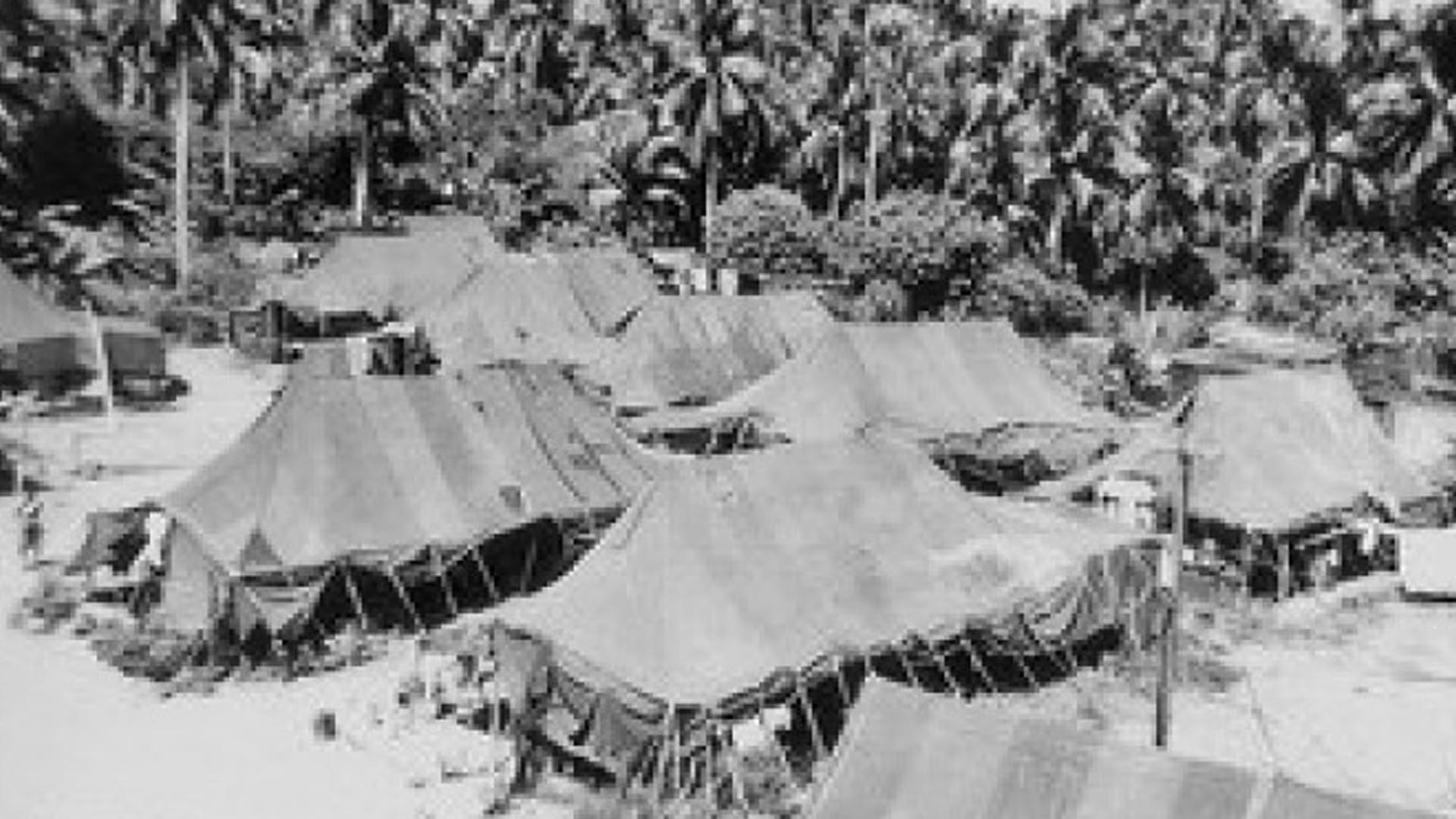The local government of Guiuan in Eastern Samar has welcomed the plan of Moscow government to establish a museum on its Tubabao Island to “immortalize” the experiences of White Russian refugees on the island more than 70 years ago.
Mayor Annaliza Gonzales-Kwan said their officials expressed their intention to build a museum on Tubabao Island during her recent visit to Moscow.
Kwan participated in the International Cultural Heritage Council and the 2nd International Symposium of ICOMOS (International Council on Monuments and Sites) in Moscow from Nov. 27 to Dec. 1, 2023.
She met the key officials from the Department of External Economic and International Relations of the Moscow Government, a Moscow state-financed cultural institution, and the Foundation of the Russian Heritage Abroad.
“They have expressed their intention to assist in constructing a museum to immortalize the stay of White Russians in our town from 1949 to 1951. We have not talked about the budget, but that is their promise. This project will surely encourage more Russians to visit Guiuan,” Kwan told the Philippine News Agency on Tuesday.
Tubabao Island contributed significantly to Russian history after it welcomed 6,000 Russian refugees who stayed on the island from 1949 to 1951.
The refugees, dubbed “White Russians,” evaded the communist government, and the Philippine government, then under President Elpidio Quirino, responded to their letter requesting a temporary shelter.
Tubabao Island, a former US Navy base during World War II, became their temporary home while waiting for the international community to respond to their plea for asylum.
According to history, the refugee camp housed professors, engineers, architects, artists, ballerinas, doctors, lawyers, priests, and officers of the Czar’s army.
The refugees even held concerts and cultural shows as a form of entertainment while on the island. Some taught locals, especially children, ballet and piano lessons to earn a living.
Among the prominent Russian refugees who lived on the island was Michael Borisovitch Maximovitch, or Archbishop John of Shanghai, whom the Russian Orthodox Church venerated into sainthood as St. John of Shanghai and San Francisco.
In 1951, after two years of staying on the island, the refugees were granted asylum in the United States, Australia, France, South America, and European countries. (PNA)





















